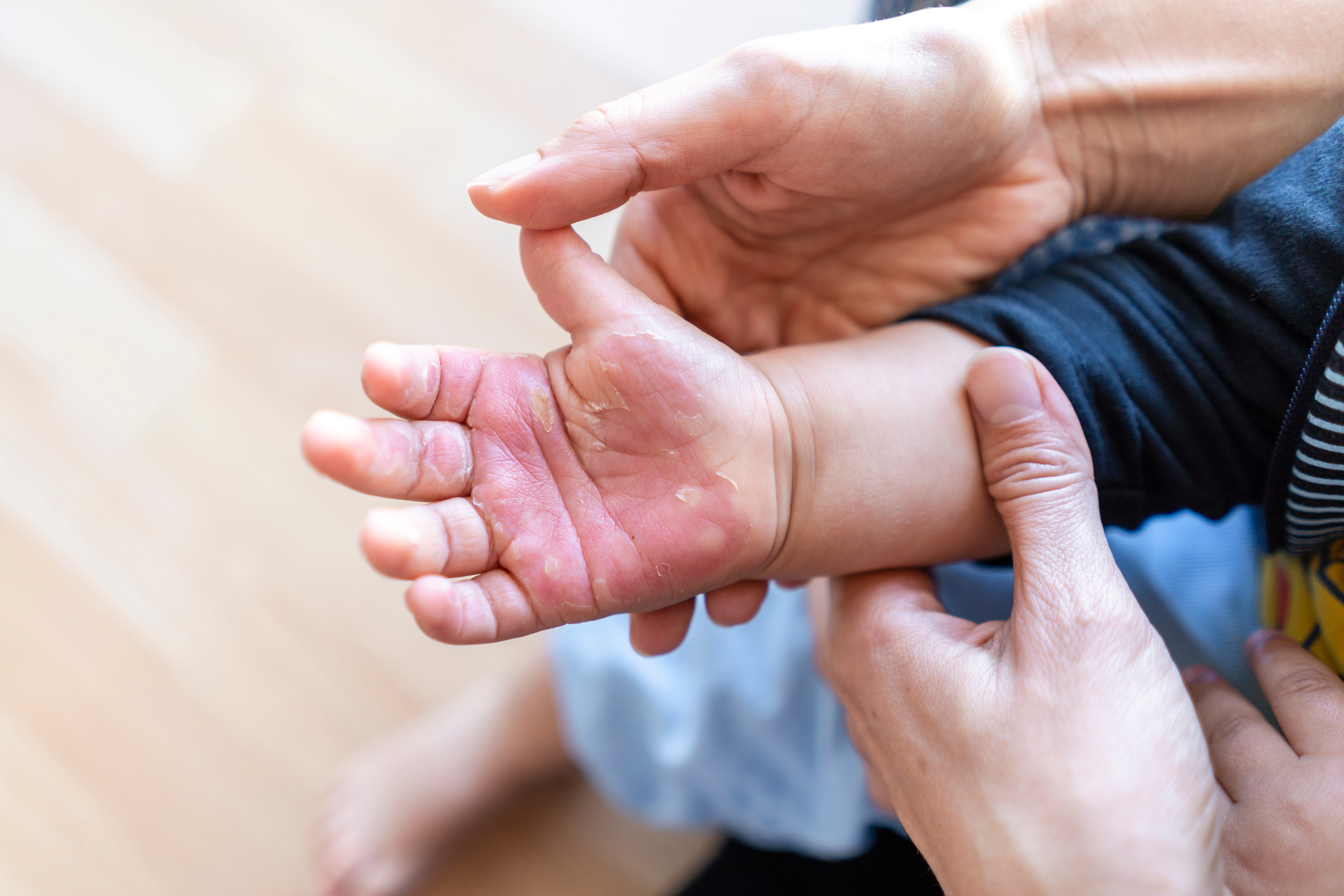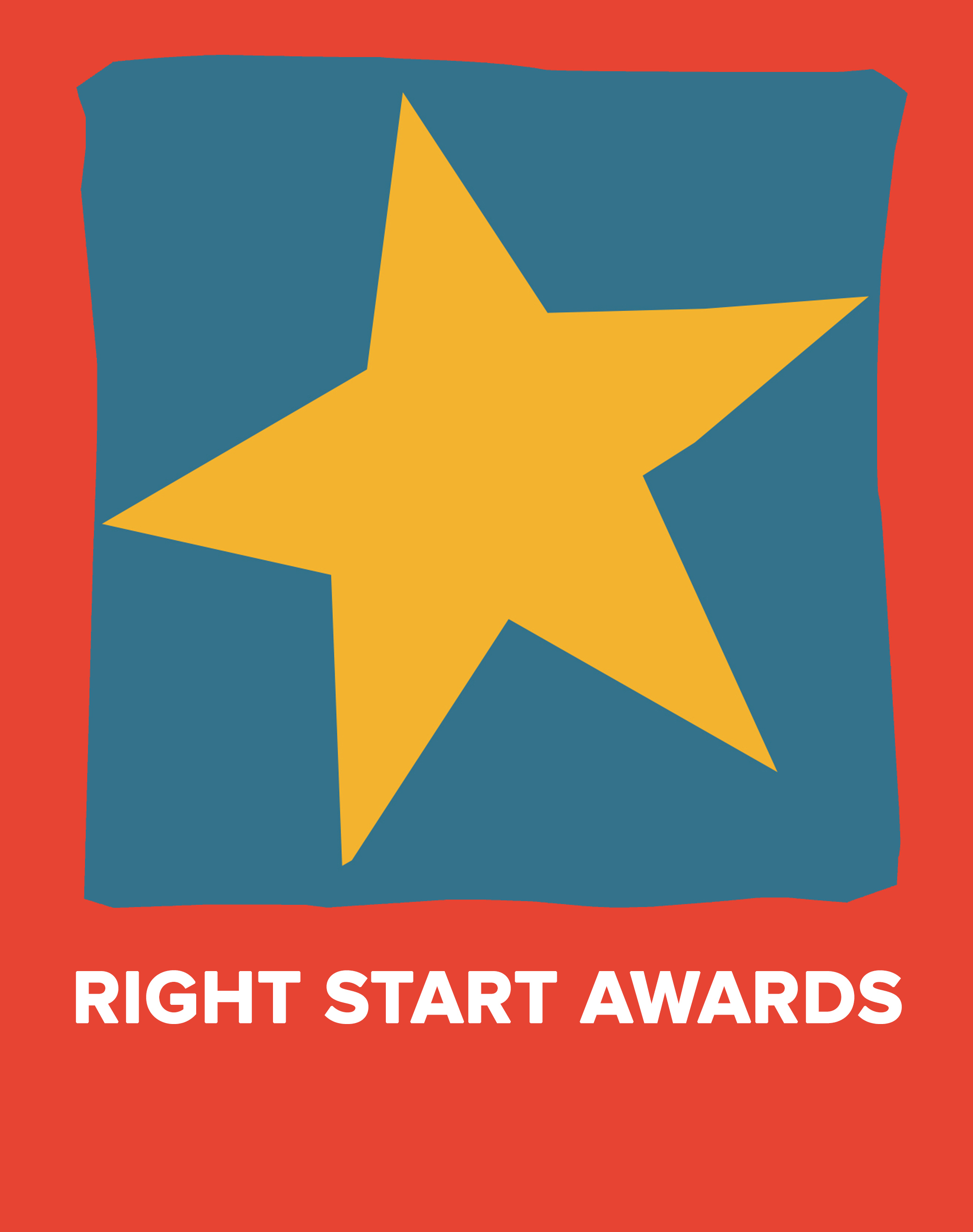Burning issues
Published
Burns and scalds are a particular hazard in the summer months while the family is busy and on the go. Savlon antiseptic cream have teamed up with Mini First Aid’s founder, Kate Ball, to offer some potentially life-saving tips to parents.

What’s the difference between a burn and scald?
Burns and scalds are damage to the skin caused by heat. A burn is caused by dry heat – by an iron or fire, for example. A scald is caused by something wet, such as hot water or steam.
Treatment is the same, and speed is key, so don't waste time determining which it is.
What’s the first thing to do if someone suffers from a burn or scald?
Before going to help someone make sure you are safe and that any burn risk is extinguished - you can’t help anyone if you are also injured. Check your surroundings and make sure anything which could cause you imminent danger is under control. Immediately you have established this, get your family member away from the heat source to stop the burning.
What do burns look like? How can you establish how bad a burn is?
Burns look different depending on the severity and the skin type – it’s important to know what to look for. Burns also look different on black and brown skin than on white skin. In a superficial burn, which affects just the top layer of skin, black and brown skin may appear darker, grey, silvery or ashy. White skin appears red in a superficial burn. In a more severe burn which affects the dermis (below the visible skin), a burn will look red no matter your skin colour.
Special advice for children with burns
Your first instinct may be to panic, but it’s imperative you don’t – quick action is key. Whatever the size of the burn, you must get it under cool, running water immediately. Before you do this, remove any clothing which is in the way, using scissors rather than pulling if skin is stuck to the burn. Explain to your child this will be uncomfortable as you will need to do it for 20 minutes (or until help arrives via 999), but it will help their skin feel better. Keep the rest of their body as warm as possible whilst cooling the burned area. Try your best not to touch the burn, wrap the burned area in cling film or a bag to prevent infection, and seek medical help.
New from Savlon is Savlon Burns & Scalds 0.25% w/w Cream which provides effective relief for minor skin burns and scalds. It’s available in Superdrug and Boots (instore and online) and Ocado and Amazon (online only), price from £4.50.
Visit www.savlon.co.uk







